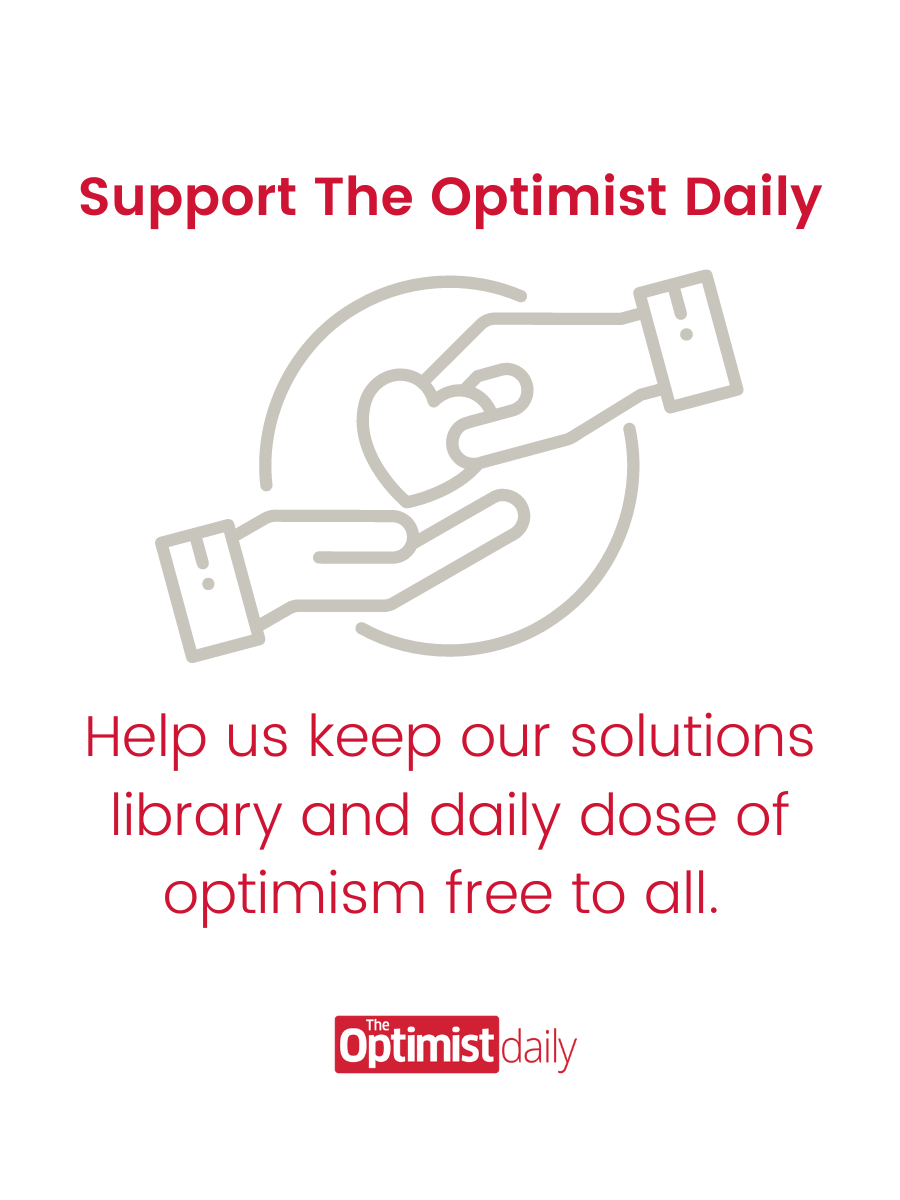Whether it was stopping on the side of the road to pick wild plums or gathering apples from a neighborhood tree, most of us have gleaned at least once in our lives. Now, this practice of gathering leftover produce throughout the community is finding new purpose as a source of food for those in need during the pandemic.
Groups of community gleaners have always sought out leftover harvest crops to enjoy themselves or sell to community markets. Now, those groups are pivoting to meet food bank needs.
In New Jersey, Farmers Against Hunger, a program of the New Jersey Agricultural Society, is recruiting volunteers to conduct socially distanced gleaning at local farms. Organizers for the program track down volunteers looking to safely give back in the outdoors and farms willing to let the group pick over the remainder of their summer harvest. For Farmers Against Hunger, this includes over 500 pounds of spinach, among other goods. The organization also rents a corner of a warehouse refrigerator to store their collected fruits and vegetables.
In San Luis Obispo, CA, a food bank program called GleanSLO is conducting a similar initiative. During the pandemic, they have transitioned from hosting fruit-gleaning parties around the Central Coast’s abundant backyard fruit trees, to collecting from the fields at farms that used to sell their produce wholesale to food services. The group reports that due to food system disruptions, many of the sites they glean from have barely been harvested at all.
Again, in Kansas City, MO, a group called After the Harvest is receiving call after call from farmers looking for volunteers to come to save portions of their harvests from going to waste. They’re also sourcing from the Kansas City botanical garden and the gardens at public schools.
Our food system is facing a significant disconnect between acres and acres of produce being plowed under and food banks attempting to provide for the largest demand in their history.
To help promote the collaborative relationship between gleaners and food banks, many grants are directing funding towards these groups. Barbara Eiswerth, the founder of the Iskashitaa Refugee Network in Tucson, AZ, which employs local refugees, reports receiving every grant they have applied for. The organization is using this money to deliver donation boxes to the 11 apartment complexes where many of the area’s refugees live, as well as to several hunger relief agencies.
An online agricultural-sales platform called Forager and a food waste nonprofit called ReFED are both working to support these initiatives as well. Forager received a grant from ReFED to introduce a new tool that will connect gleaning groups to agencies with funds to buy food.
In harvest seasons past, gleaners have collected produce for their own households or small community donations, but in light of the recent pandemic, these organizations have taken on a new and critical role in bridging the gap between the food insecure and thousands of pounds of food left uncollected in fields.











